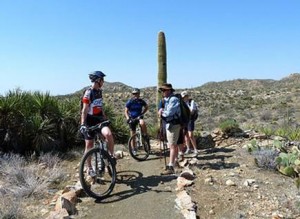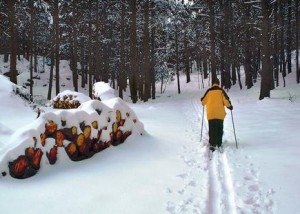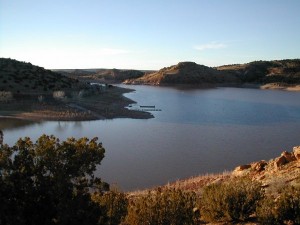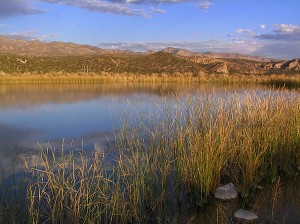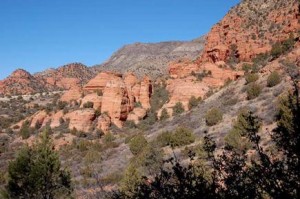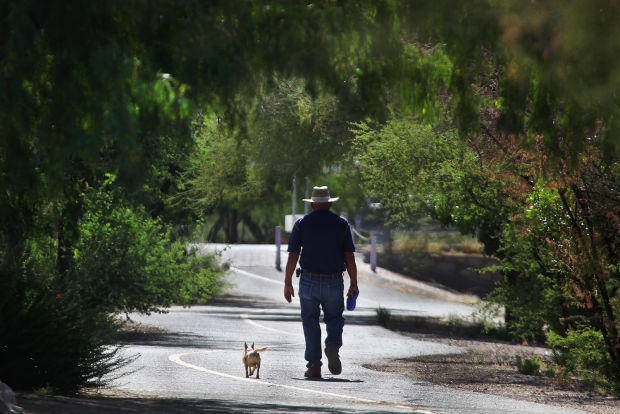New Year – Get Outside
New Year’s Resolution – Get Outside!
This is the time of year that we relish after those long, hot, tortuous days of summer. Why not make a New Year’s resolution to get outdoors and enjoy your city or town?
If you’ve got sunshine in southern Arizona, a hike up a mountain trail is the perfect way to spend your winter afternoon. The Town of Marana has numerous outdoor recreation opportunities, including more than 30 miles of trails in the Tortolia Mountains. The Town offers free Saturday morning guided hikes for individuals to get exercise, have fun and meet fellow hikers. Put it on your list to breathe in the fresh air and join them for one of these events!
City of Mesa has a way to get outdoors and support a great cause! Their sixth annual Run, Walk & Roll 5K/10K is being held on Saturday, Jan. 10 at Mesa Riverview Park. Participants of all ages and ability levels are encouraged to sign up. The race will bring together the entire community to support sports and recreational opportunities for individuals with disabilities. For more info or to register, visit www.RunWalkRollAz.com. Be sure to check our Mesa Parks & Recreation for even more outdoor opportunities to start 2015 off right!
If a relaxing afternoon in the park is more your speed, look no further than the City of Surprise’s 2nd Sunday in the Park. Enjoy an afternoon at the park with live musical entertainment on the second Sunday of each month. The free family event is fun for all ages. Upcoming shows will be held on Januray 11, February 8 and March 8. Click here to find events happening in Surprise all year long!
And don’t forget about SNOW! Northern Arizona and the White Mountains have plenty of opportunities to ski, snowboard and build snowmen. Check out the Great Arizona Road Trip for more ideas for cold weather adventures and year-round activities!
